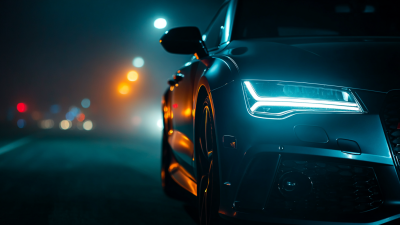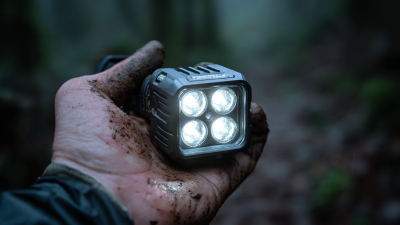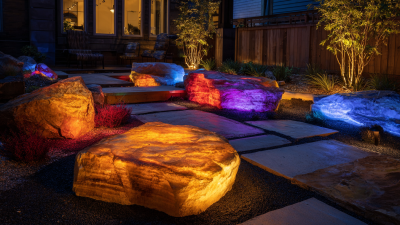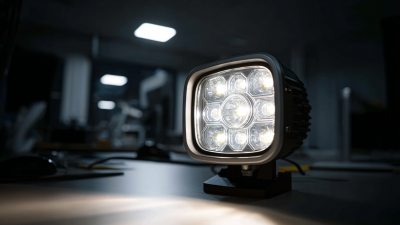Leave Your Message
When it comes to enhancing visibility on the road, the right driving light can make all the difference. Choosing the optimal driving light not only improves safety during nighttime or adverse weather conditions but also contributes to a more enjoyable driving experience. With a variety of options available on the market, including halogen, LED, and xenon lights, navigating through the choices can be overwhelming for many drivers.
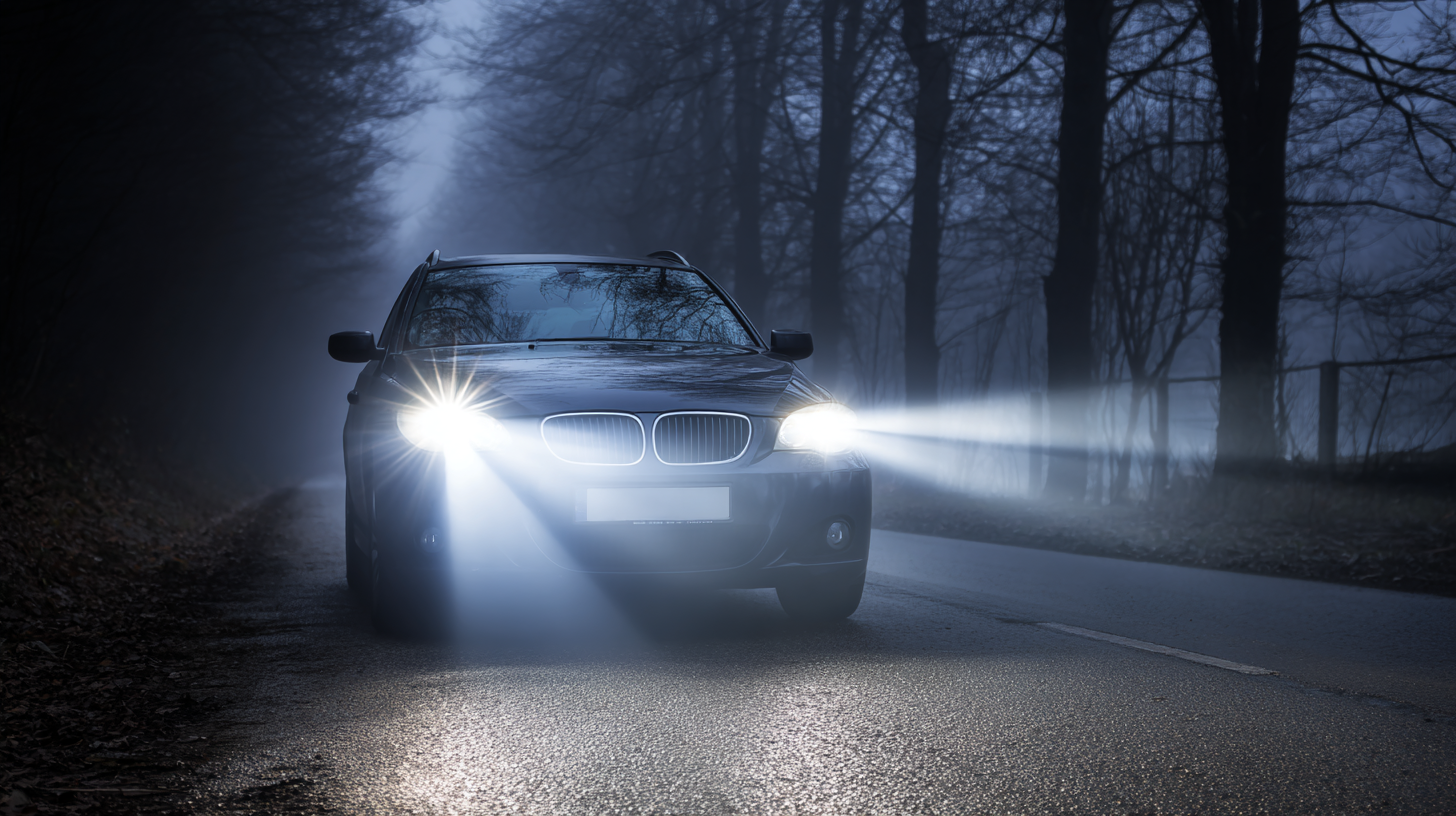
Factors such as brightness, beam pattern, and durability play a critical role in determining the best driving light for your vehicle and driving habits. Additionally, understanding industry insights and advancements in lighting technology can aid in making an informed decision. In this guide, we will explore the essential elements to consider when selecting the ideal driving light, ensuring you have all the information needed to illuminate your path with confidence.
When selecting the right driving light, understanding beam patterns and distances is crucial for optimal visibility. The beam pattern determines how light spreads across the road, with the three primary types being spot, flood, and combination beams. According to a 2022 industry report by the Automotive Lighting Association, spot beams provide focused illumination for long-distance visibility, making them ideal for off-road conditions or highway driving. In contrast, flood beams offer a wider spread of light, which is beneficial for low-speed scenarios like navigating tight spaces or working in dark areas.

Furthermore, the effective range of these lights significantly influences driving safety. Research indicates that lights with a range of 300 meters or more can increase reaction time by 1.5 seconds at high speeds, a critical advantage in emergency situations. Additionally, understanding the lumens output—ideally between 1,500 to 3,000 lumens for driving lights—can also enhance visibility under various weather conditions. Selecting lights that align with these technical specifications not only improves driver capability but also ensures compliance with industry standards, fostering a safer driving experience across diverse terrains.
When selecting driving lights for optimal nighttime visibility, the importance of lumens cannot be overstated. Lumens measure the total amount of visible light emitted by a source, which directly correlates to how bright the light will be on the road. According to a report by the Lighting Research Center, an increase of just 100 lumens can significantly improve visibility in low-light conditions. Therefore, drivers looking for enhanced safety should consider lights with a lumen output between 1,500 to 3,000 lumens, which research indicates provides a balanced combination of reach and spread, making night driving considerably safer.
Furthermore, the efficiency of light sources enhances this visibility metric. LED lights, for example, have become the industry standard due to their exceptional lumen output per watt, often providing over 130 lumens per watt compared to traditional halogen lights, which offer only about 15 lumens per watt. A report from the Department of Energy highlights that opting for LED lights can not only improve safety through better illumination but can also result in energy savings of up to 75%. Consequently, understanding the relationship between lumens and visibility helps drivers make informed choices, ensuring they are well-equipped for night journeys.
This chart illustrates the relationship between driving light brightness in lumens and the corresponding visibility range in meters. As the lumens increase, the visibility range significantly extends, demonstrating the importance of selecting a model with adequate brightness for optimal nighttime visibility.
When choosing the right driving light, understanding color temperature is crucial for achieving optimal visibility. Color temperature, measured in Kelvin (K), affects not just the aesthetics of your lighting, but also its performance in real-world conditions. Lights with a lower Kelvin rating, such as 3000K, emit a warm yellow hue that is excellent for foggy conditions, as it reduces glare. In contrast, higher Kelvin ratings like 6000K produce a cooler, bluish light that enhances clarity and color contrast, making it particularly effective for nighttime driving.
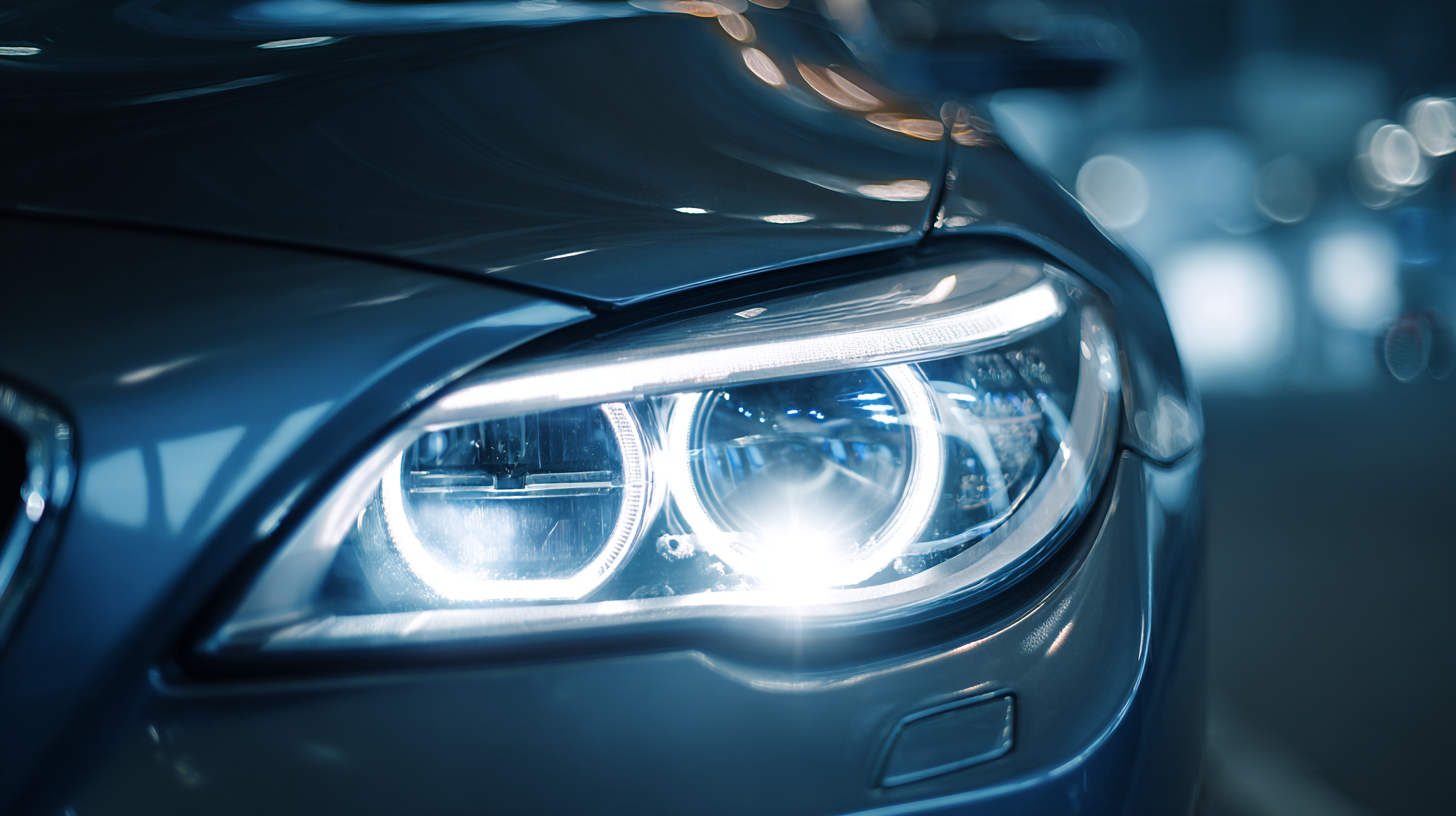
**Tips for Choosing the Right Kelvin:**
1. Consider Your Driving Conditions: If you frequently drive in fog or rain, opt for lights with a color temperature around 3000K. For clear nights or off-road conditions, a higher temperature around 5000K to 6000K may be better, providing visibility and depth perception.
2. Test Before You Buy: If possible, test different color temperatures in various conditions before making a decision. This firsthand experience can help determine which light offers the best visibility for your specific driving environment.
3. Match with Your Vehicle: The color temperature of your driving lights should ideally complement your vehicle's factory headlights. This ensures a consistent look and prevents your eyes from straining when transitioning between different light sources.
When selecting driving lights for optimal visibility, key features such as durability and weather resistance become paramount, especially for off-road conditions. In challenging environments, lights that can withstand the rigors of muddy, wet, or snow-covered terrains are critical. Research indicates that products with a high Ingress Protection (IP) rating, particularly IP67 or higher, offer a solid defense against dust and water, ensuring that the light's performance remains uncompromised during adverse weather. Furthermore, materials like heavy-duty aluminum or polycarbonate can enhance durability, making the lights resistant to impacts and vibrations commonly encountered in off-road driving.
In addition to material durability, the longevity of these lights is enhanced by features such as advanced LED technology, which can provide superior brightness while consuming less power. Industry reports suggest that LED lights can have a lifespan exceeding 50,000 hours, far surpassing traditional halogen lights. This not only translates to long-term reliability but also to lower replacement costs over time. As outdoor enthusiasts increasingly seek adventure beyond standard routes, selecting driving lights that meet these critical durability and weather resistance standards is essential for ensuring safety and visibility in unpredictable terrains.
When choosing the right driving light, understanding the differences between LED, Halogen, and Xenon is crucial for optimal visibility and cost-efficiency. LEDs, known for their longevity and energy efficiency, can last up to 25,000 hours, compared to Halogen bulbs, which typically last around 1,000 hours. According to a report by the Lighting Research Center, LED lights consume about 80% less energy than Halogen, making them an excellent choice for those looking to minimize their energy costs while maximizing light output.
On the other hand, Halogen lights are often favored for their affordability and warm light quality, but they may fall short in performance over time. Xenon lights, or High-Intensity Discharge (HID) lights, provide a bright and intense beam that significantly enhances nighttime visibility. They can produce up to three times the lumen output compared to Halogen, making them an appealing option for drivers who prioritize performance. However, they can be more expensive, costing up to four times that of Halogen lights. Overall, weighing the longevity, energy efficiency, and initial costs of each light type is essential for making an informed decision that aligns with both visibility needs and budget constraints.
